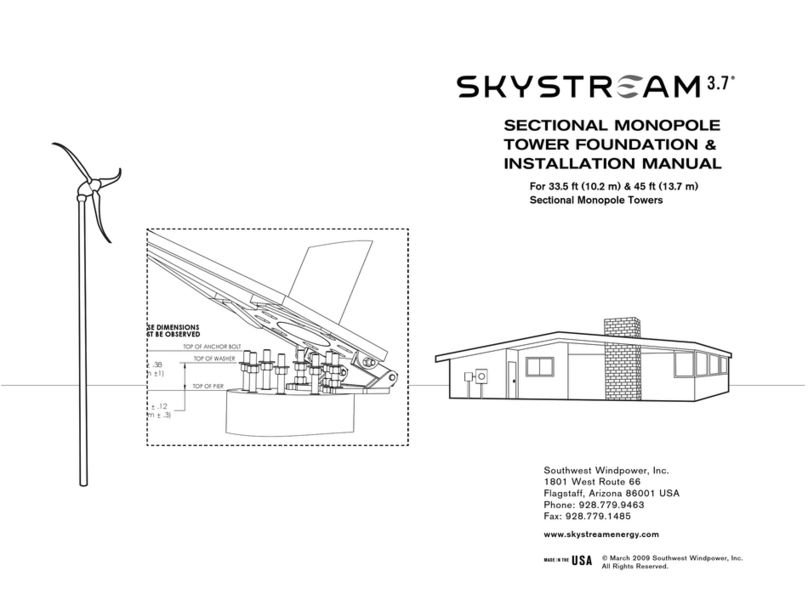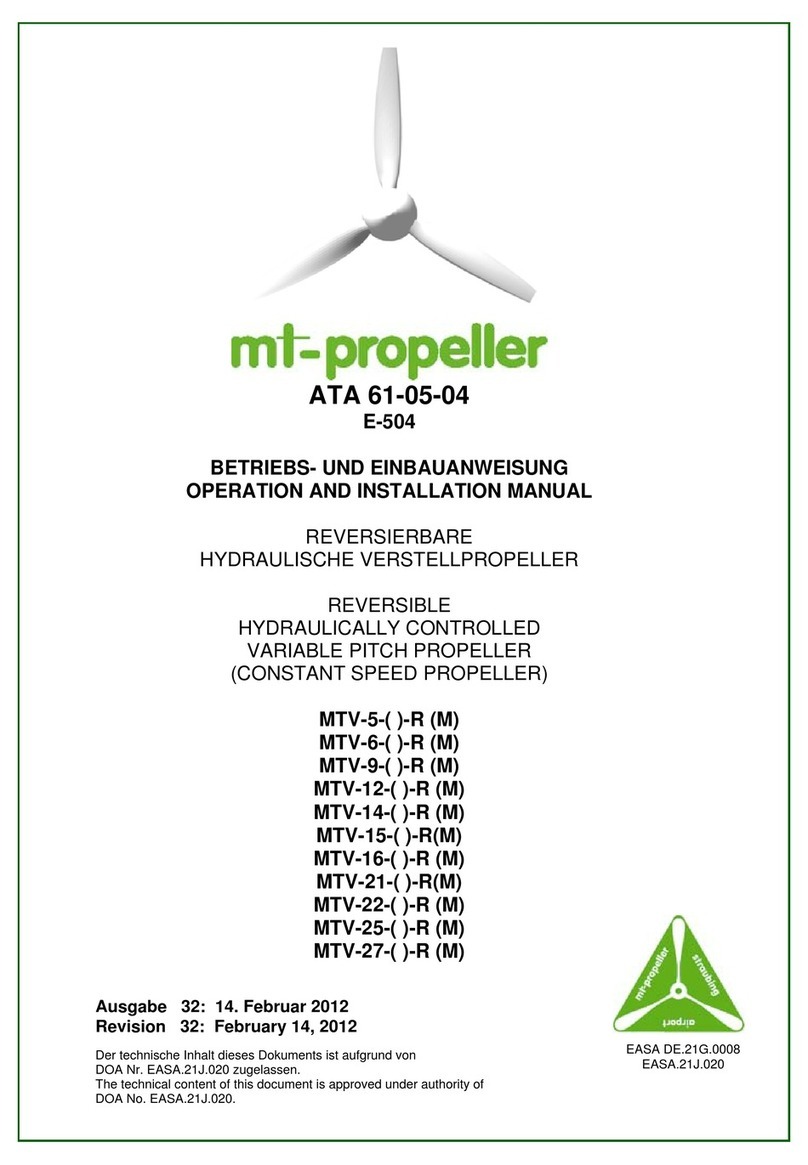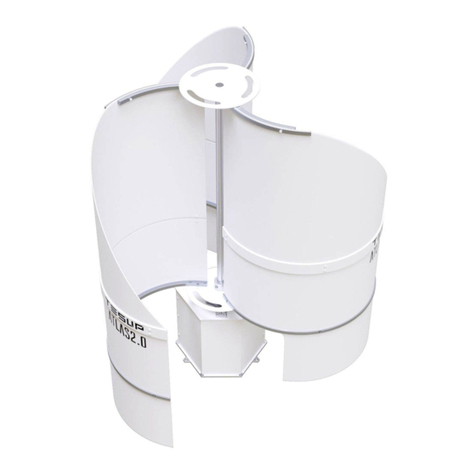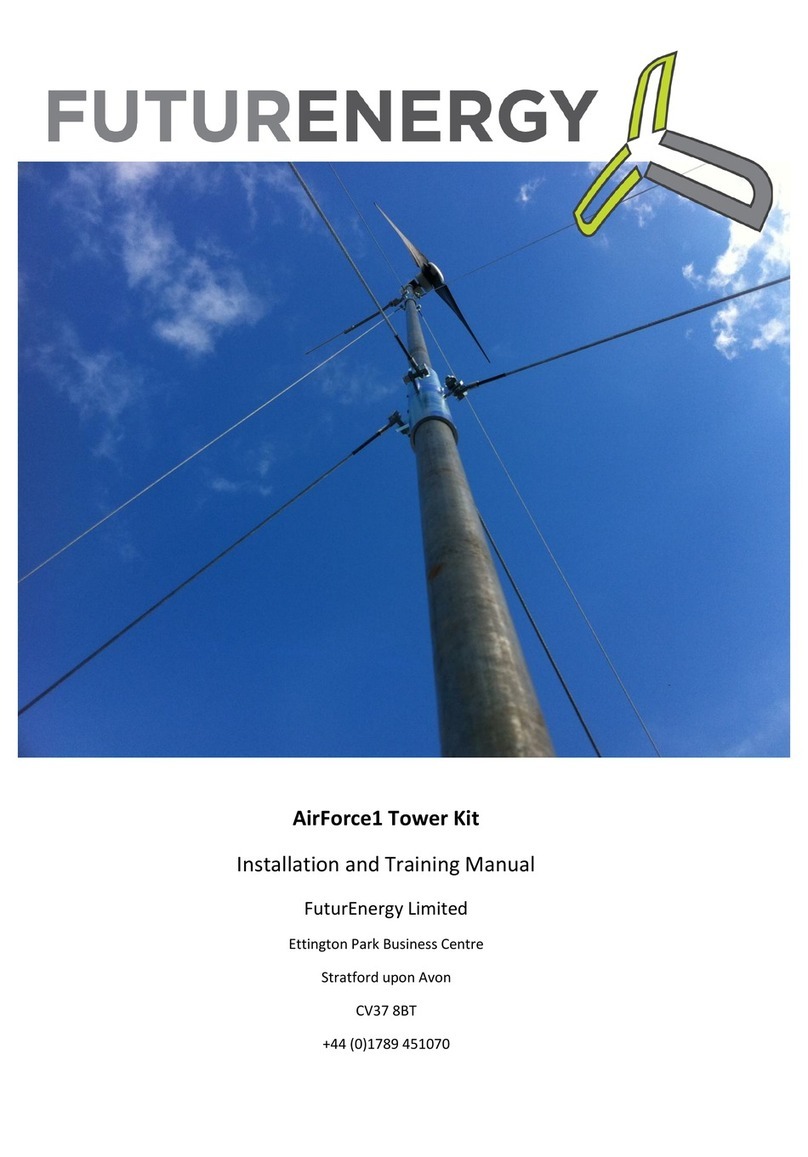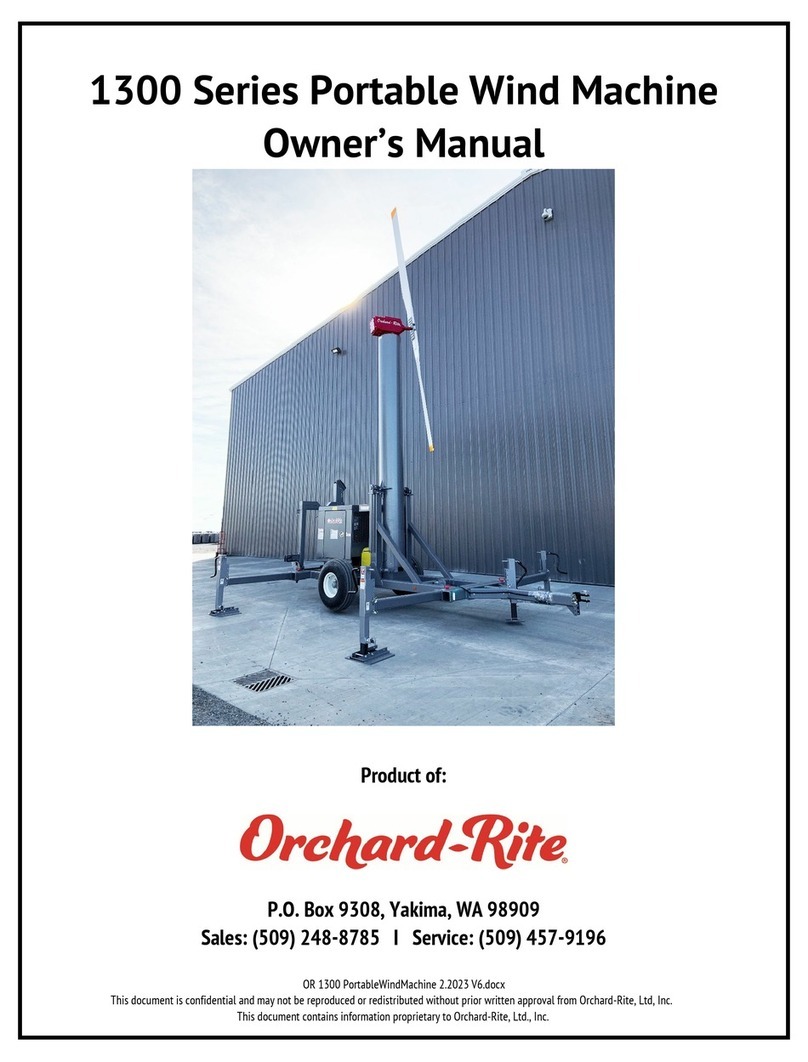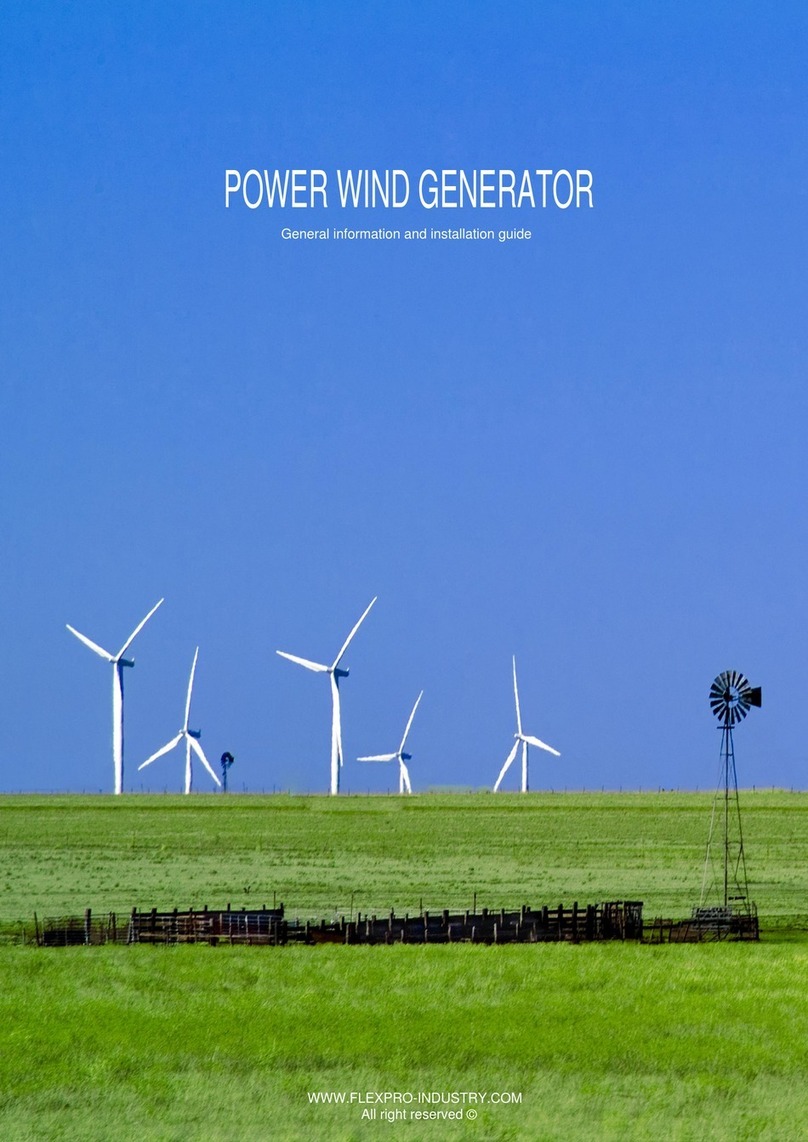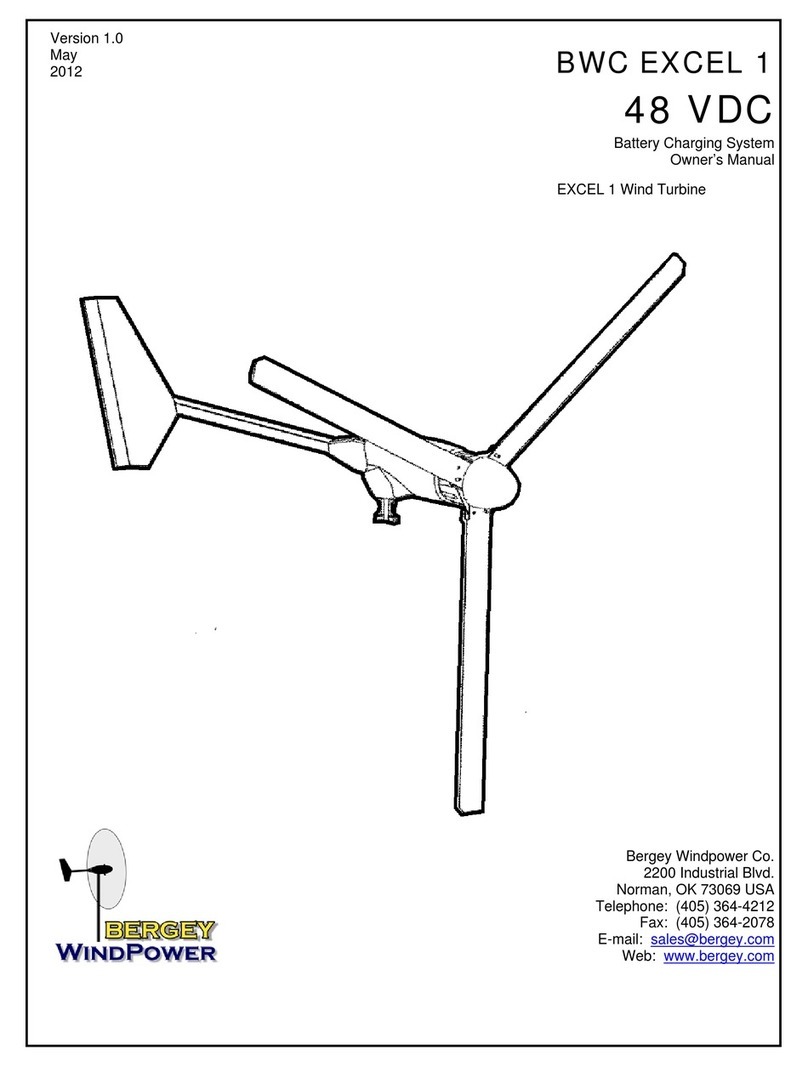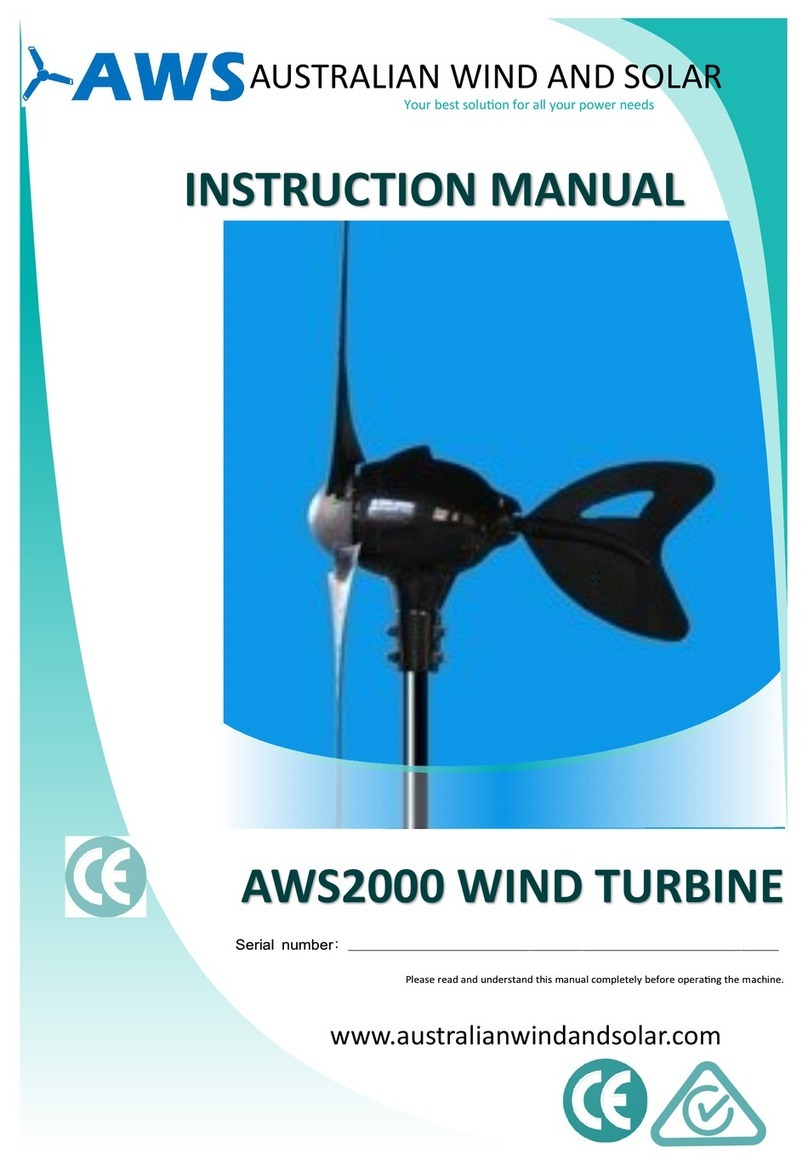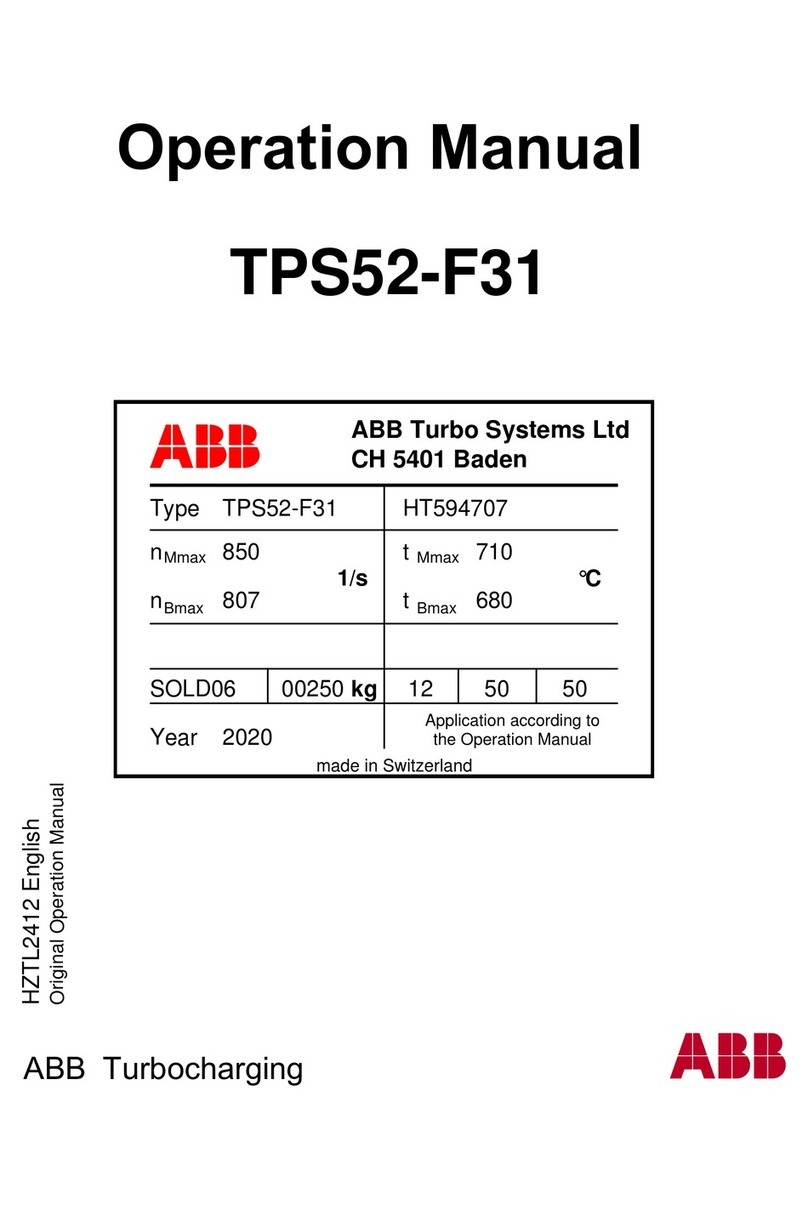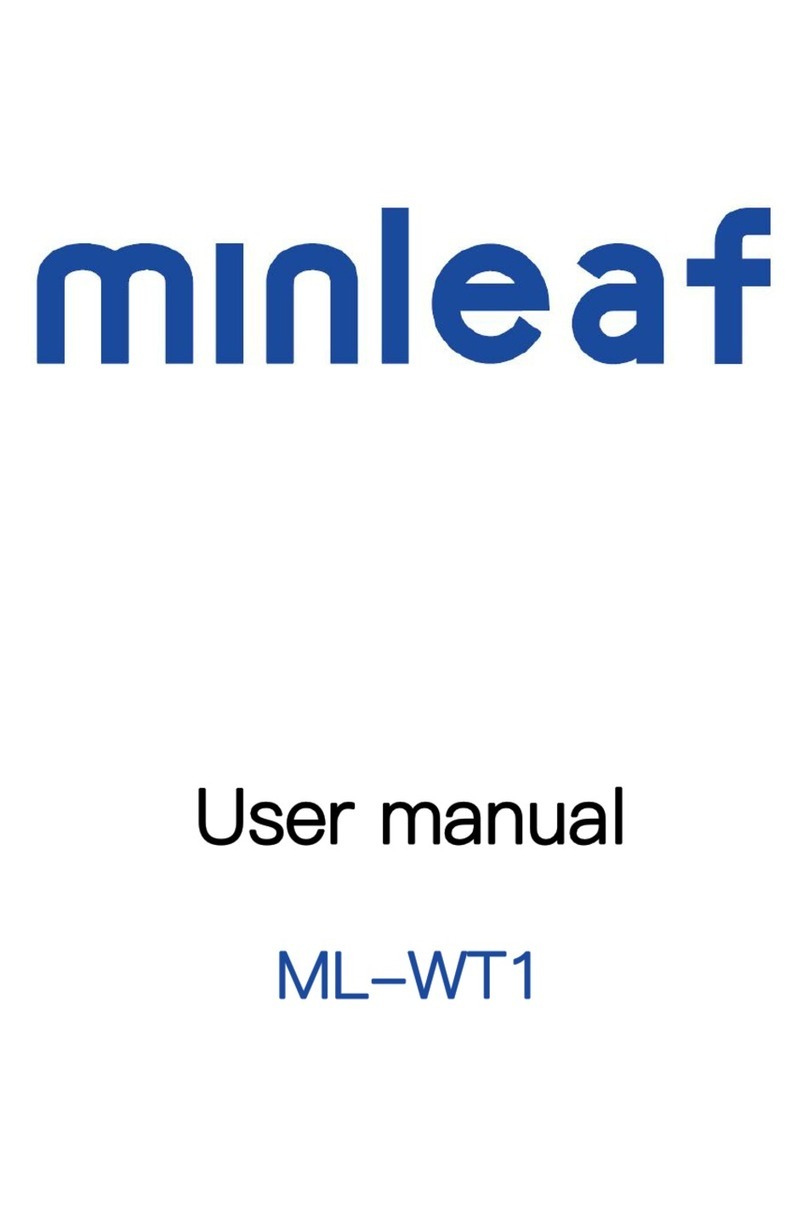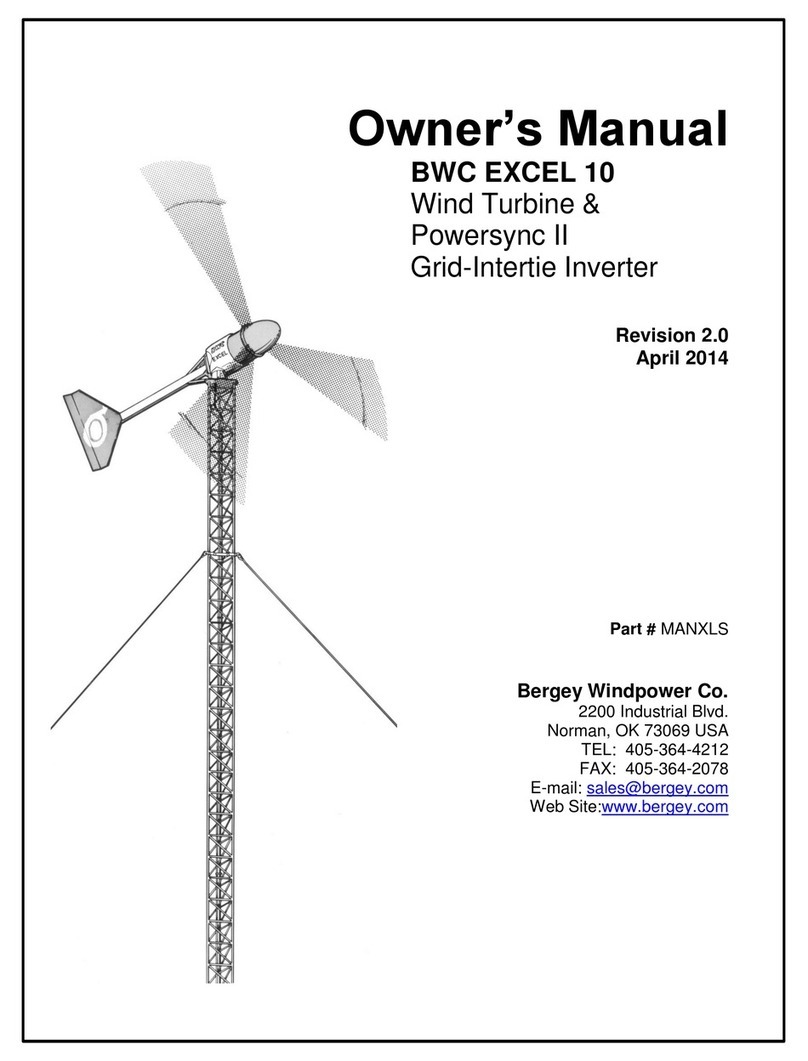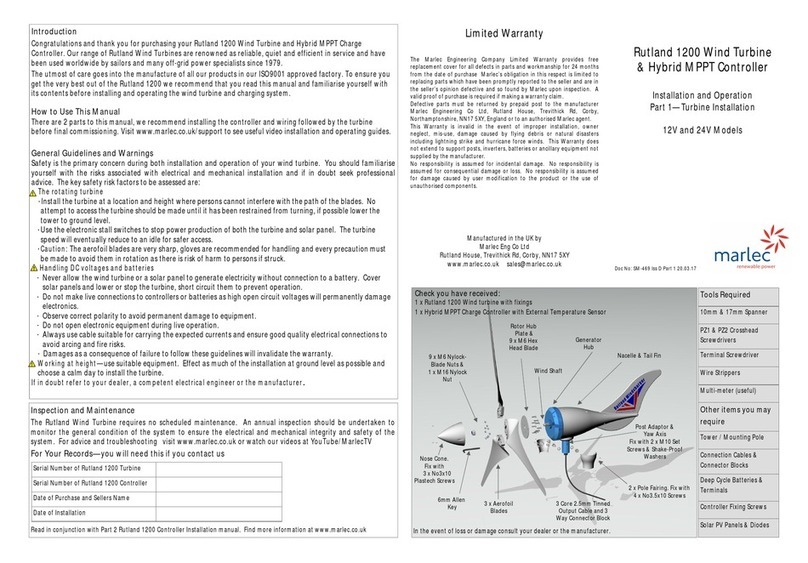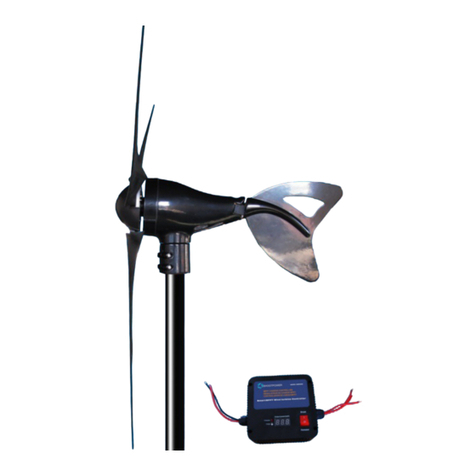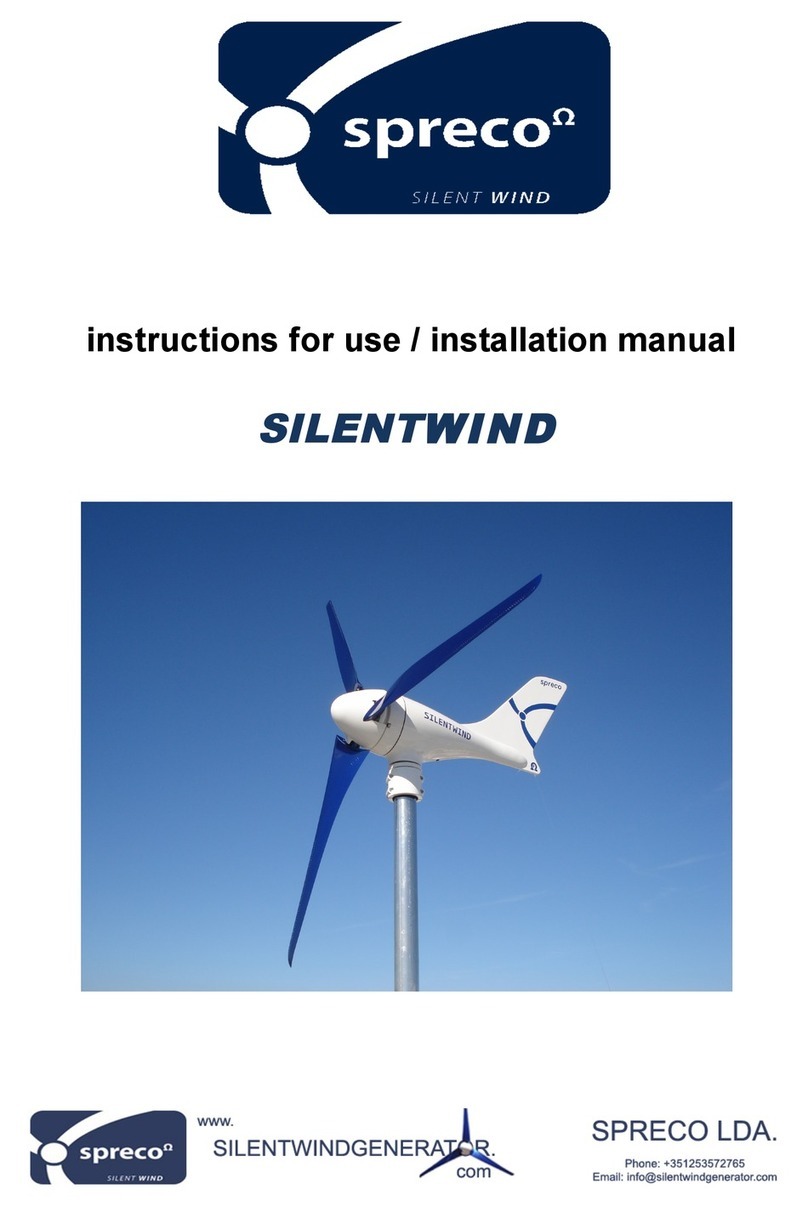
ZephIR user manual QP1009-582 v2
© Natural Power 2008 10th June 2008
Page 7
Shipping check list - electronics pod
Customer name:
Checked in by:
Date in:
Electronics pod box : Checked In Missing In Checked Out Missing Out
Electronicspodandfrontpanel
Louvre
Checkalldustcaps
Checkcompactflashcardinserted
ChecknoSIMcardinmodem
Checklabeloninsideoffrontpanel
Powersupply&legs
Powersupplymatingconnector
Washerpumpassembly
Waterpipefromcaptonon-returnvalve
Screws5offM8x35(Optics-Electronics)
Screws10offM8x30(Electronics-Battery)
Sparescrews
ToolwithM8bit
Spiritlevel
Anti-tamperM8Allenkey
Manual
Metstation
Cable Set: Checked In Missing In Checked Out Missing Out
E-1
E-2
E-3
E-4
E-5
E-6
E-7
E-8
E-9(TNC)
E10
Aux/UserlogCable
Additional Comments:
SIM Card Number:
Checked Out By:
Date Out:
